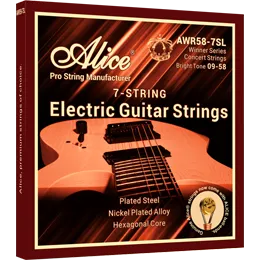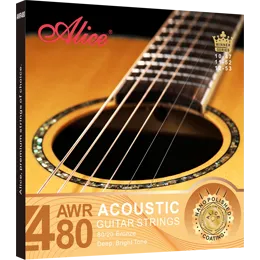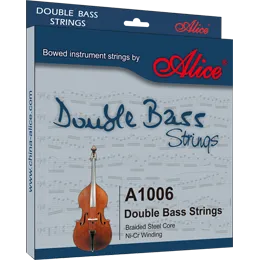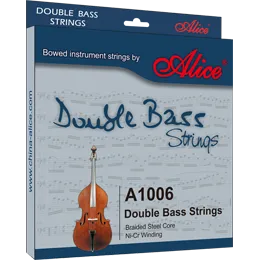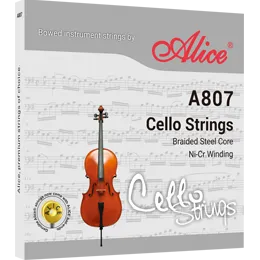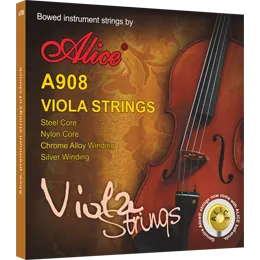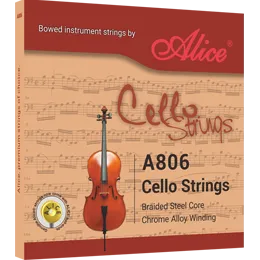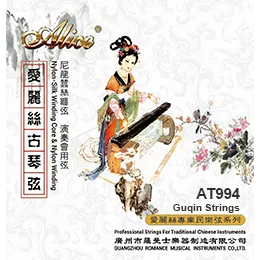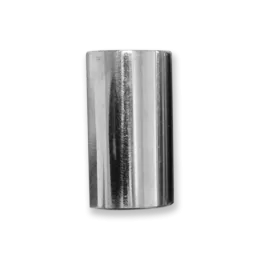Nylon Strings for Classical Guitars: Everything You Need to Know
Classical guitars occupy a special place in the world of stringed instruments. Their warm, mellow tones and expressive dynamics make them ideal for classical music, flamenco, Latin styles, and fingerstyle playing. At the heart of a classical guitar’s unique voice lies its nylon strings, which directly influence tone, playability, and overall musical experience. For musicians, retailers, and distributors, understanding the nuances of nylon strings is essential for making informed choices that meet performance and commercial needs.

1. Why Nylon Strings Are Essential for Classical Guitars
Unlike steel-string acoustic guitars, classical guitars are built with a lighter bracing structure and a wider neck to accommodate lower tension strings. Nylon strings are softer and more flexible than steel strings, making them compatible with the instrument’s design. Using steel strings on a classical guitar can cause warped necks or cracked tops, while nylon strings provide safe tension, preserving the guitar’s structural integrity.
Nylon strings offer a warm, round, and smooth tonal character that has become synonymous with classical and fingerstyle music. Their ability to produce expressive dynamics—soft, delicate tones and rich, full-bodied fortissimos—is one of the key reasons classical guitarists prefer them.
2. Construction of Nylon Strings
Nylon strings for classical guitars come in two main types:
Treble Strings (E, B, G): These are made from monofilament nylon. Some premium strings may use rectified or clear nylon to ensure smooth surface, consistent tension, and a polished feel.
Bass Strings (D, A, E): These are made from a nylon core wound with metal, typically silver-plated copper or bronze. The winding adds weight and resonance, producing a deep, rich tone while maintaining the flexible feel characteristic of nylon.
The combination of monofilament nylon and metal winding allows for a balanced sound across all strings, ensuring tonal consistency and playability.
3. Tension and Playability
One of the most important considerations for classical guitarists is string tension. Nylon strings come in low, medium, and high tension, each affecting playability and tone differently:
Low Tension: Easier on the fingers, suitable for beginners or those who prefer a softer touch. Produces a warmer but slightly less projecting sound.
Medium Tension: Offers a balance between ease of playing and sound projection, ideal for general use and intermediate players.
High Tension: Provides stronger projection and a more defined tone, preferred by professional performers and players with advanced techniques.
Understanding tension is crucial for retailers and distributors, as offering a variety of tension options ensures that customers can find strings that match their skill level and playing style.
4. Tonal Characteristics
Nylon strings are known for producing:
Warmth: A rich, mellow sound that is pleasing for solo and ensemble performance.
Smoothness: Clean transitions between notes and chords, ideal for expressive fingerstyle work.
Articulation: Clear definition of notes, particularly important in classical repertoire that demands precision.
In contrast to steel strings, nylon strings produce less brightness and sustain but excel in subtlety, nuance, and musical expression. This tonal quality is why professional classical guitarists and music educators consistently favor nylon strings over alternatives.
5. Durability and Longevity
While nylon strings are more flexible than steel, they are also more sensitive to environmental conditions such as humidity and temperature changes. High-quality nylon strings are treated to resist stretching, maintain consistent tuning, and prevent early tonal degradation. Wound bass strings with corrosion-resistant metals also contribute to longer life, making them suitable for both students and professional performers who require reliability for practice and performance.
Retailers and distributors should prioritize brands that combine tonal excellence with durability, ensuring customer satisfaction and repeat purchases.
6. Choosing the Right Nylon Strings
Selecting the right nylon strings involves considering:
Playing Level: Beginners benefit from lower tension strings that are easier to play, while professionals may prefer high tension for projection and tonal control.
Musical Style: Classical repertoire may favor smooth, rectified nylon, whereas flamenco players often choose strings with a brighter attack.
Instrument Compatibility: Each guitar responds differently to string tension and materials; it’s important to match strings to the guitar’s design for optimal performance.
Offering a range of tension, gauge, and tonal options allows retailers and distributors to cater to diverse customer preferences and playing styles.
Alice Classical Guitar Nylon Strings: Premium Quality for Every Player
For music retailers, distributors, and OEM partners, Alice Classical Guitar Nylon Strings provide a trusted and professional solution.
High-Quality Materials: As a leading nylon guitar strings manufacturer, Alice uses premium monofilament nylon for treble strings and corrosion-resistant metal windings for bass strings, ensuring exceptional tone and longevity.
Versatile Tension Options: Available in low, medium, and high tension to meet the needs of beginners, intermediate players, and professional performers alike.
Consistent Tone and Playability: Engineered for balanced, warm, and expressive sound across all strings, delivering reliable performance for both studio and stage use.
B2B Advantages: With strong guitar accessories OEM/ODM capabilities, Alice offers nylon strings for classical guitar makers, distributors, and educational institutions with reliable supply, competitive pricing, and global distribution support.
By partnering with Alice, clients can confidently provide classical guitarists with strings that enhance playability, preserve instrument integrity, and deliver rich, professional-grade sound across every performance.
Relate News
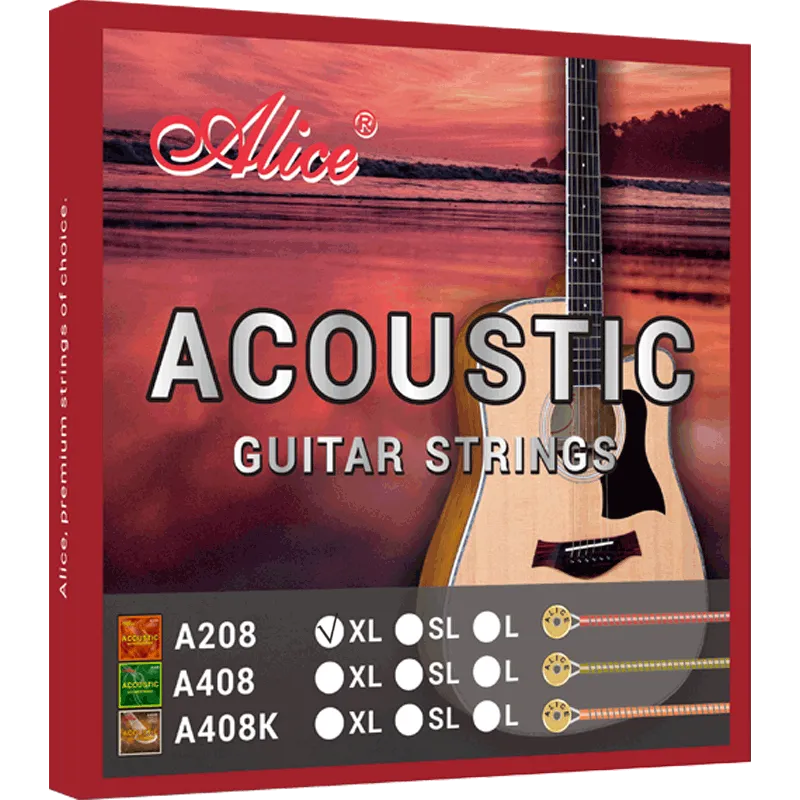

What Are Guqin Strings Made Of?

Silk Strings, Steel Strings, and Nylon Strings: Which Is Best for Your Traditional Music Performance?

Complete Guide to Guitar String Materials

Orchestral Strings Explained: A Beginner-Friendly Guide to Violin, Viola, Cello, and Double Bass

Tone Comparison of Brass Alloy, Phosphor Bronze, and Coated Guitar Strings

How to Choose the Right Guitar Strings for Your Performance: A Scenario-Based Buying Guide

OEM Guitar String Customization: A Detailed Guide to the Process
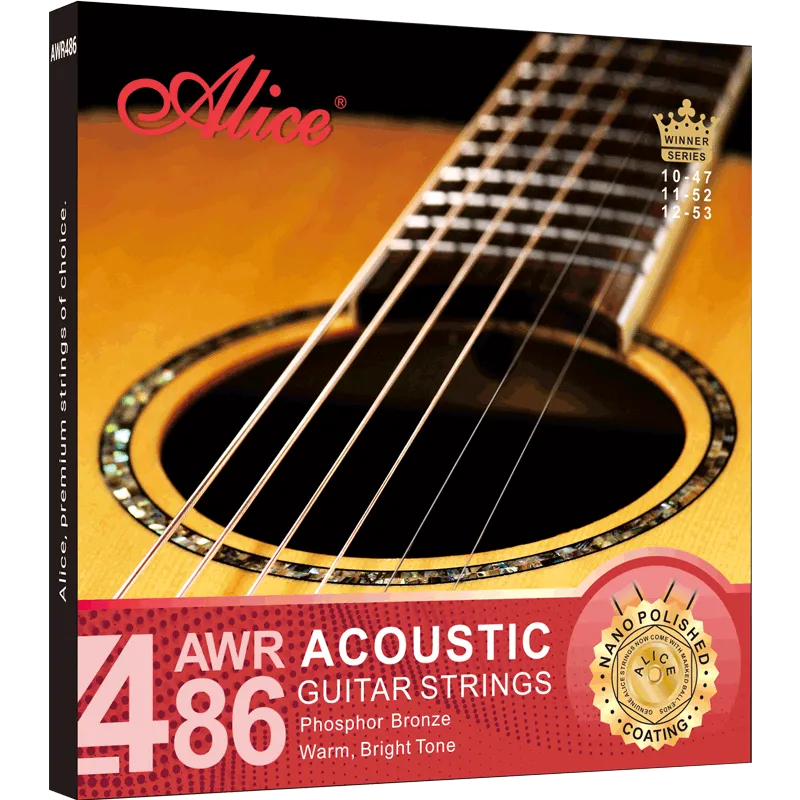
Copper Alloy vs Phosphor Bronze: Which Acoustic Guitar Strings Suit You Best?
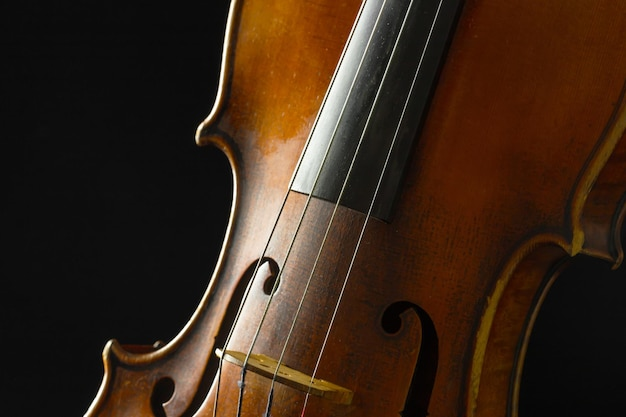
Cello Plucking: Can You Pluck a Cello with Your Fingers? How-To And Tips

What to Do After Buying a Used Electric Guitar: Steps to Refresh It



